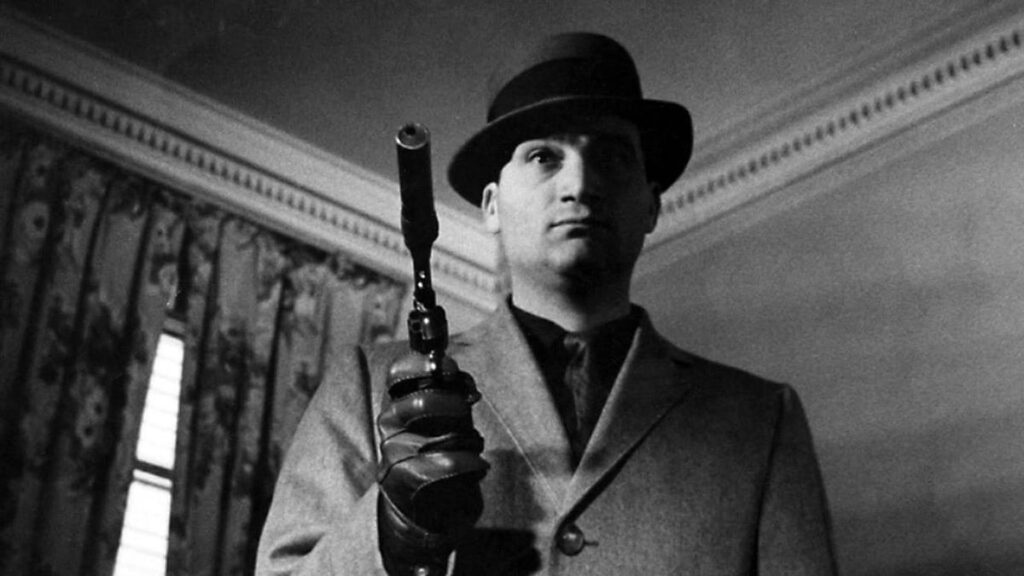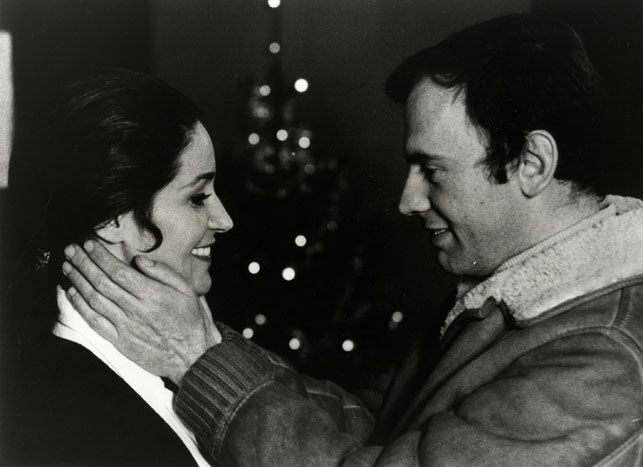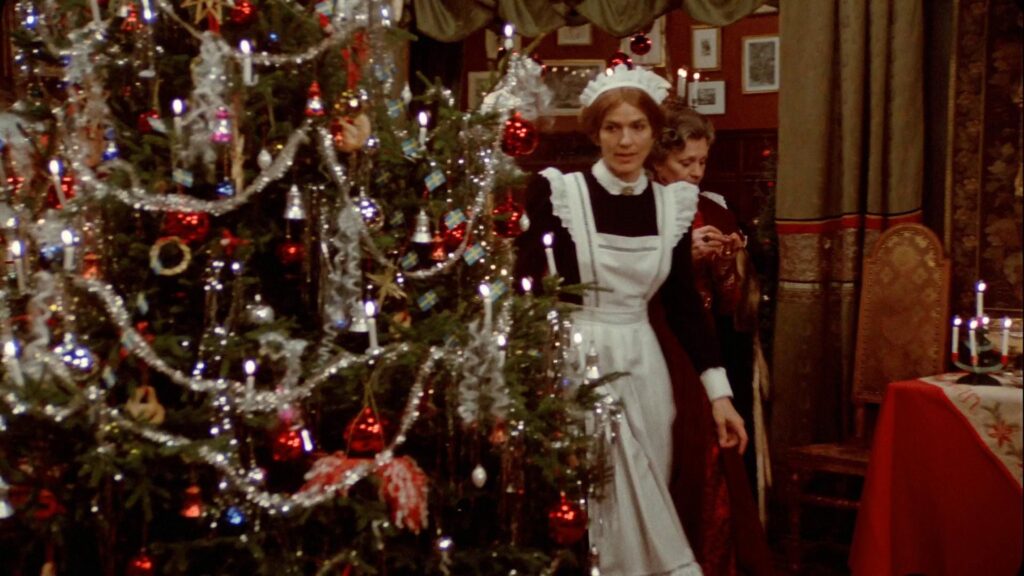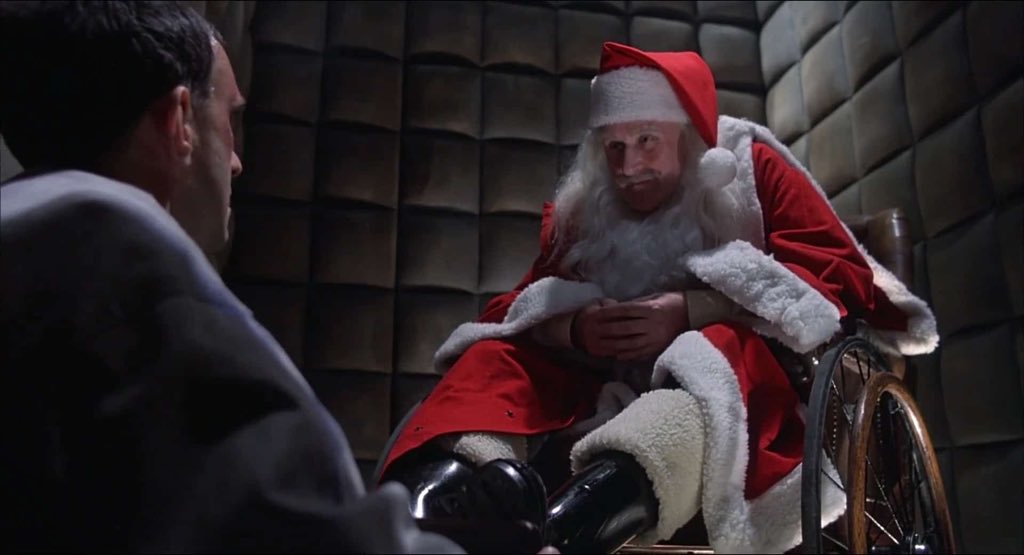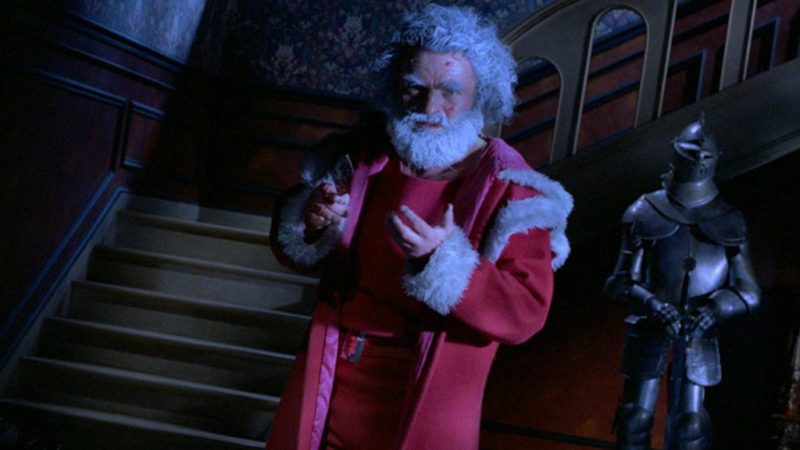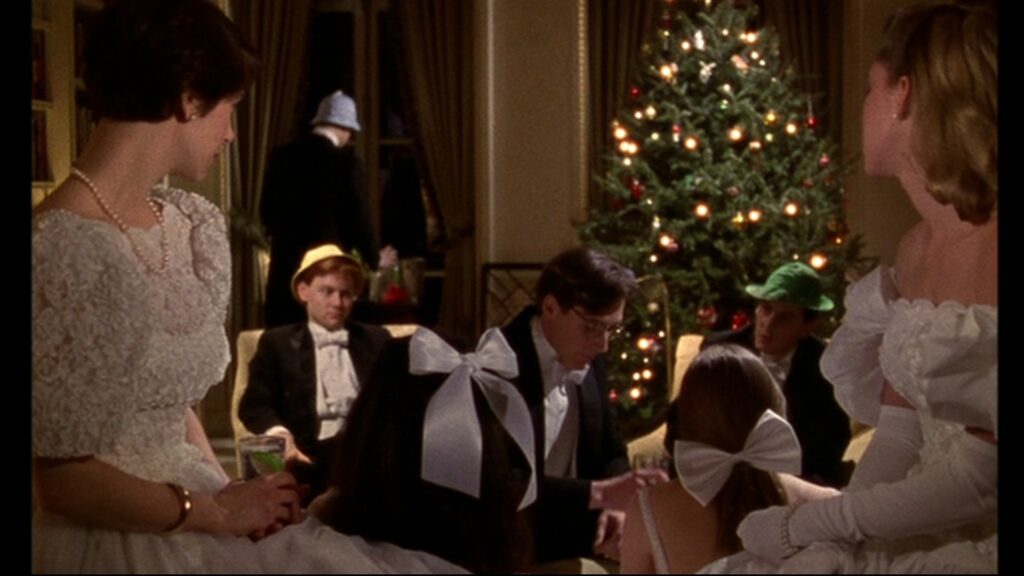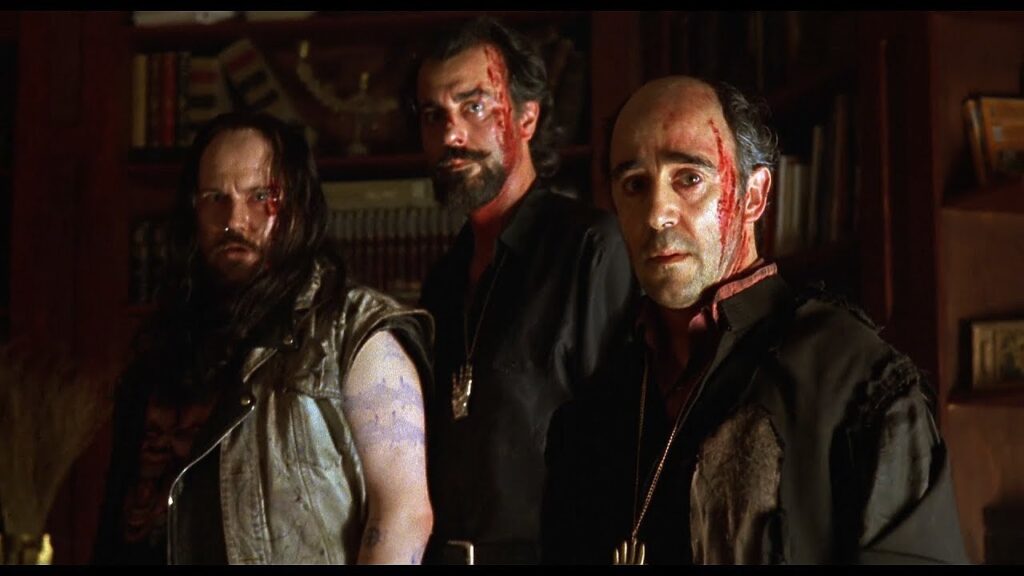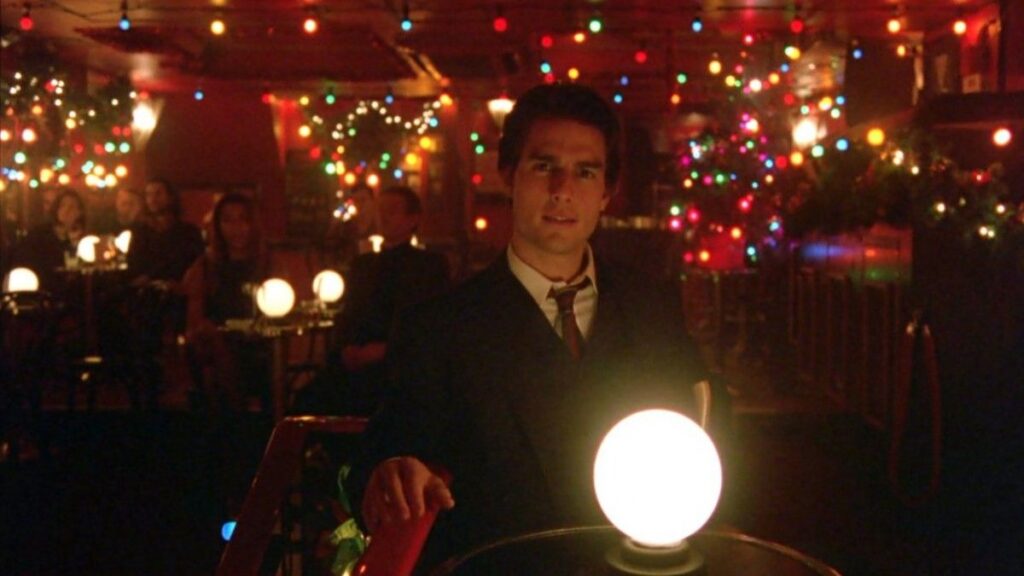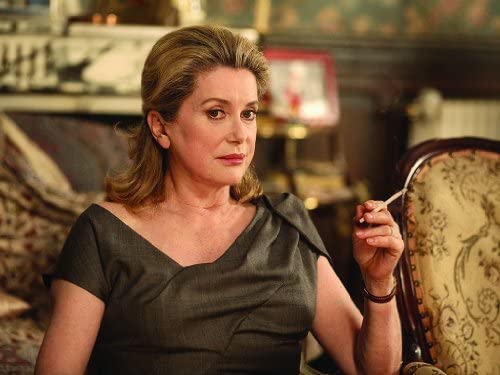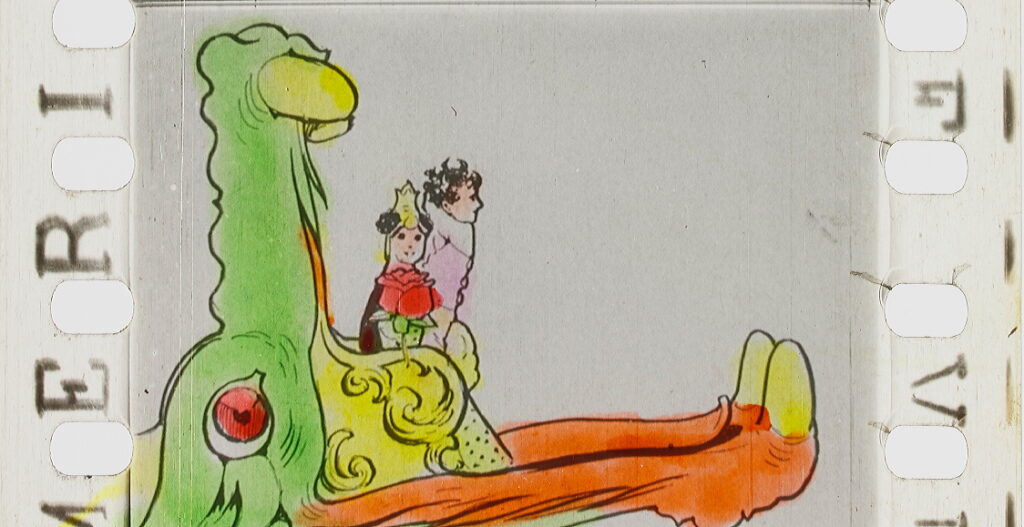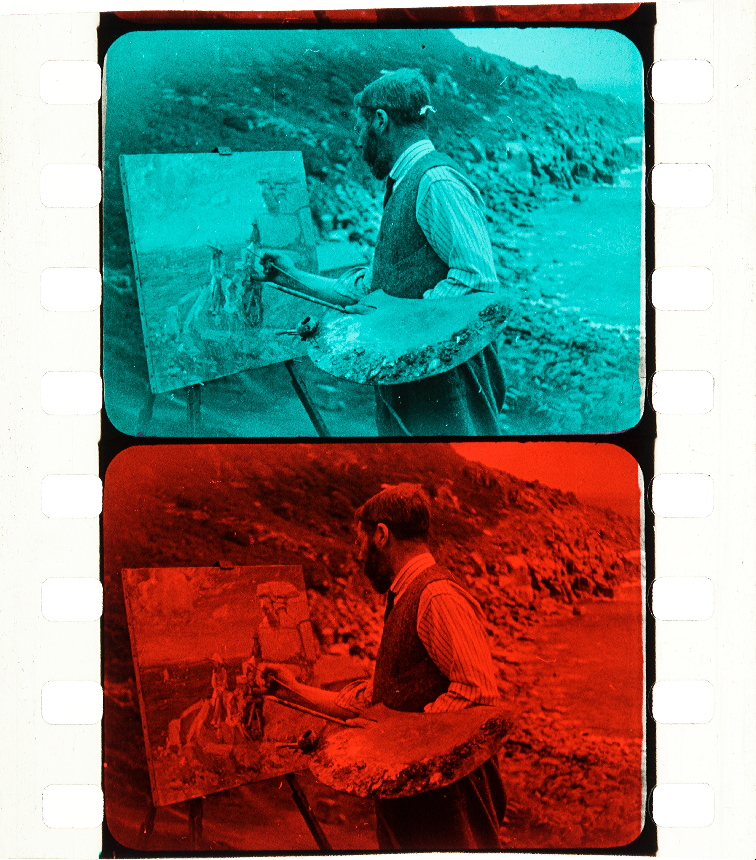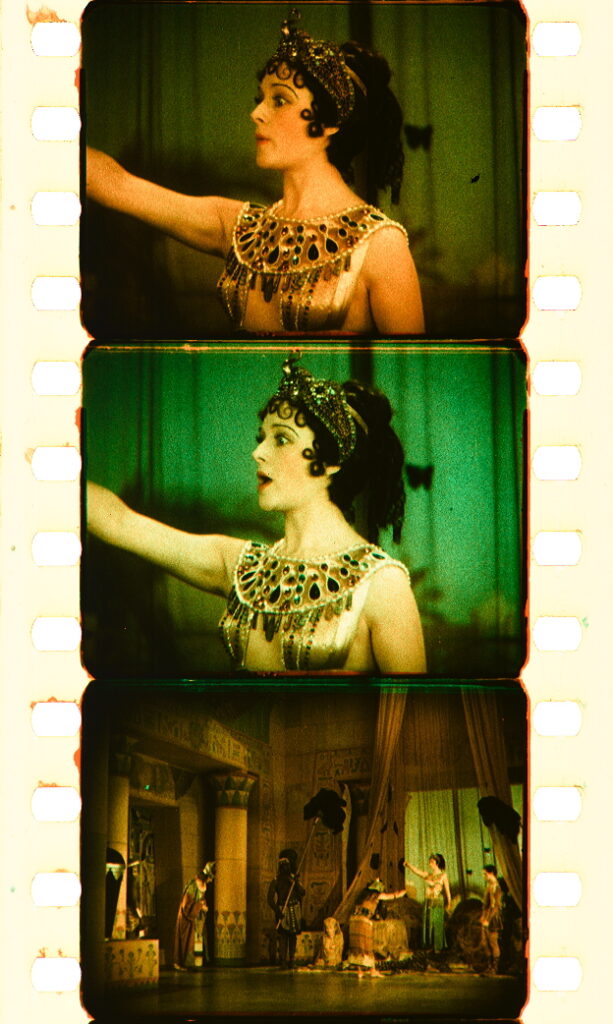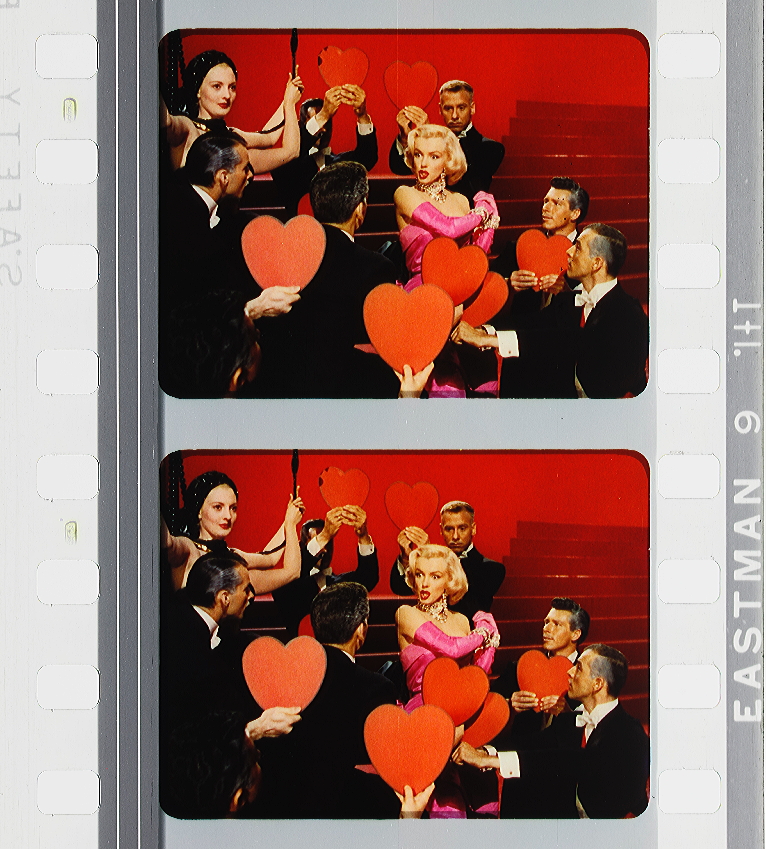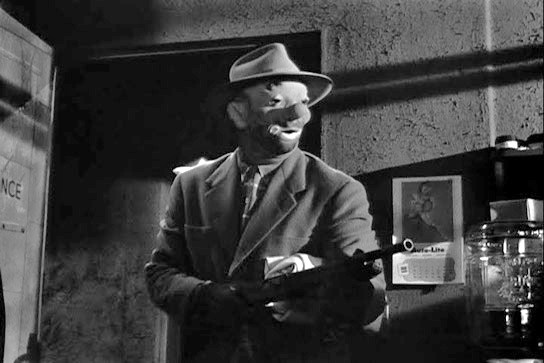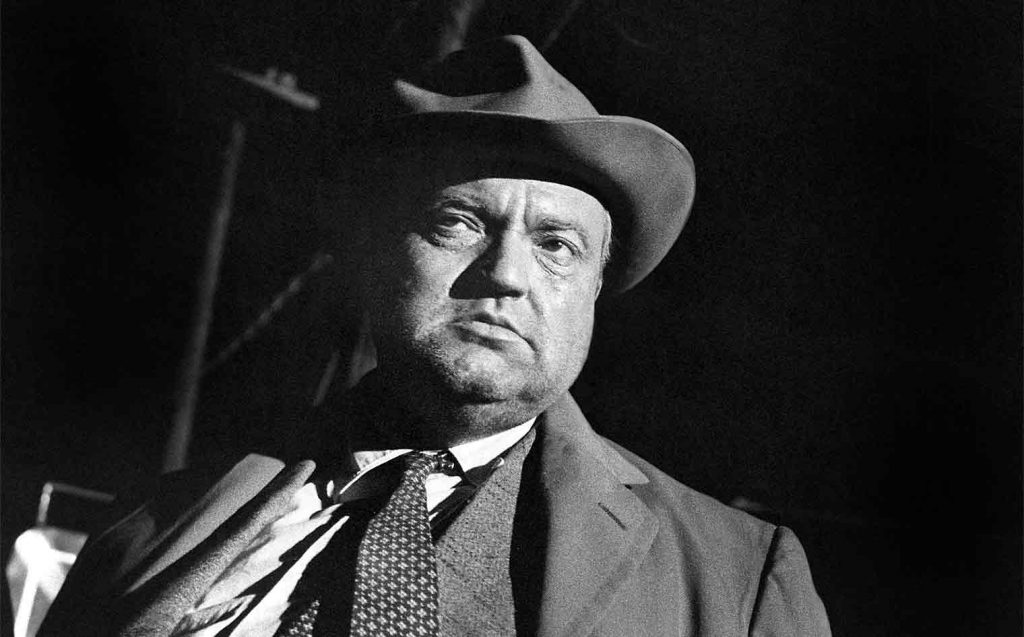Streamers: AFS Programmers’ 2020 Streaming Faves
Leave a Comment2020 was the year of not going to the movies, and of discovering great movies on our small screens. We’ve been sharing some of our very favorite films of the year via our virtual cinema, which is playing some of the year’s must-see films (We’ve said it before but we’ll say it again: COLLECTIVE! LUXOR! And many more…) but several of our favorites this year skipped theaters and virtual cinemas entirely. If you’ve already made your way through our picks on AFS@home and are looking for more AFS recommendations, this list is for you.
Here are some of our favorite new discoveries, available on VOD or streaming services.
Holly Herrick, Head of Film & Creative Media, Austin Film Society, recommends:

SMALL AXE – By now you’ve probably heard about the five-film tour de force from Academy Award-winning British director Steve McQueen, but we’re listing it here to encourage you to make it your top holiday viewing priority, if you haven’t yet watched. Developed from stories of London’s West Indian communities in the 1960s and 1970s, the series has formal similarities to Kieslowski’s THE DECALOGUE, which it has been compared to critically, and it is equally groundbreaking and brilliant. While individual films are masterpieces in their own right, taken as a whole, McQueen has delivered the year’s cinematic knock-out, bringing the most delicate directorial touch to these stories of resistance and cultural resilience, making visible the struggles and the joy of a powerful community. (Amazon Prime).

RESIDUE – In the discovery category, this debut feature is another case sample of 2020 being a year of astonishingly good debut features (Texas’ own BULL and MISS JUNETEENTH among them). RESIDUE takes on the emotional, cultural and spiritual degradation wrought by rapid gentrification in Washington D.C. Directed by Merawi Gerima, the son of pioneering LA Rebellion filmmakers Haile Gerima and Shirkiana Aina, who appears to have inherited his parents’ revolutionary and anti-colonial approach to the creation of cinema image. Combining elements of formal production, guerrilla-style filmmaking and cinematic essay, RESIDUE’s distinct style and voice make it one of the most unforgettable films of the year. (Netflix).

DICK JOHNSON IS DEAD – Kirsten Johnston spent many years as a documentary cinematographer before being nominated for an Oscar for her breakthrough film as a director, CAMERAPERSON. Placing rapport between filmmaker and subject at the center of the narrative, Johnson confronts the consuming fear of her father’s oncoming dementia. Johnson’s filmmaking journey is about the complexity of the cinematic image and it’s successes and failures in conveying our humanity, and this latest film is an intensely emotional, immersive and totally entertaining addition to her oeuvre. (Netflix)

TIME – 2020 was the year when the wider cultural narrative reflected back what people of color have known for centuries about America’s failures. The poetry of Garrett Bradley’s film reverberates even more strongly given the moment of its release and it’s titular question. Through the story of one woman and her family in the face of the carceral state, Bradley conveys the resilience and resistance of Black women who must fight against the engines of their own society to build a life with their families. Subject and collaborator Fox Richardson was named one of this year’s Unforgettables by the Cinema Eye Honors, and is without a doubt among the most compelling documentary lead characters of the year. Her story comes alive in Bradley’s brilliant eye for conveying the spiritual weight of Richardson’s struggle. (Amazon Prime)
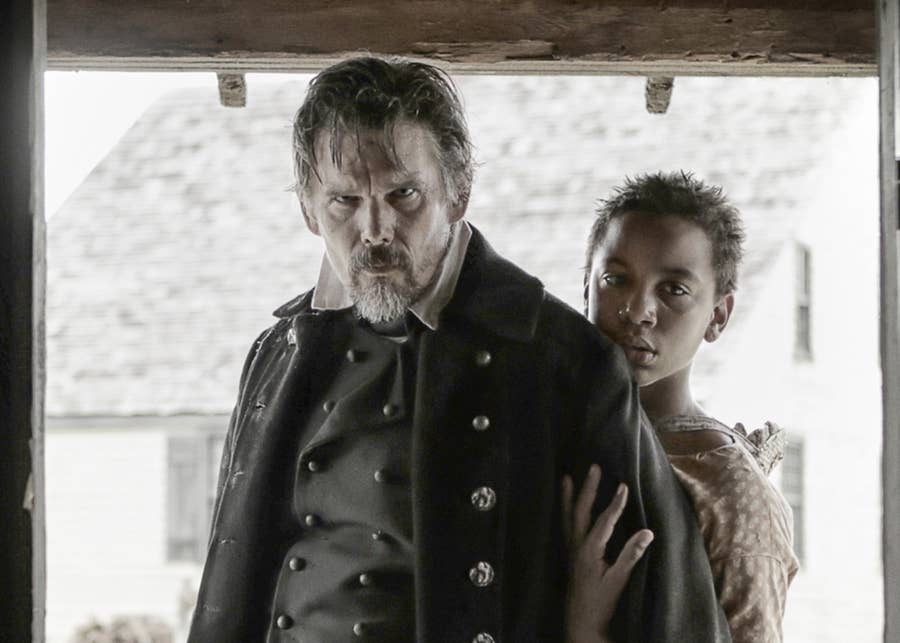
THE GOOD LORD BIRD – AFS programmers don’t watch much TV. We swear we are not snobs– we just find ourselves frustrated by the number of critically-acclaimed television shows serving narrative conventions that will help them get to the next episode more than the artistic integrity of their own storytelling. In general, we still pretty find ourselves on the same page with this stance. But there are of course, exceptions, particularly in the world of limited series. Among the most powerfully cinematic and revelatory small screen storytelling this year was this adaptation of James McBride’s novel by creator Ethan Hawke and screenwriter Mark Richard. It’s off-kilter tone and subversive humor, boosted by dedicated performances from it’s excellent cast, lent itself to challenging our ideas about ethical choices in an ethically compromised society. (Showtime)
Lars Nilsen, AFS Lead Film Programmer, recommends:
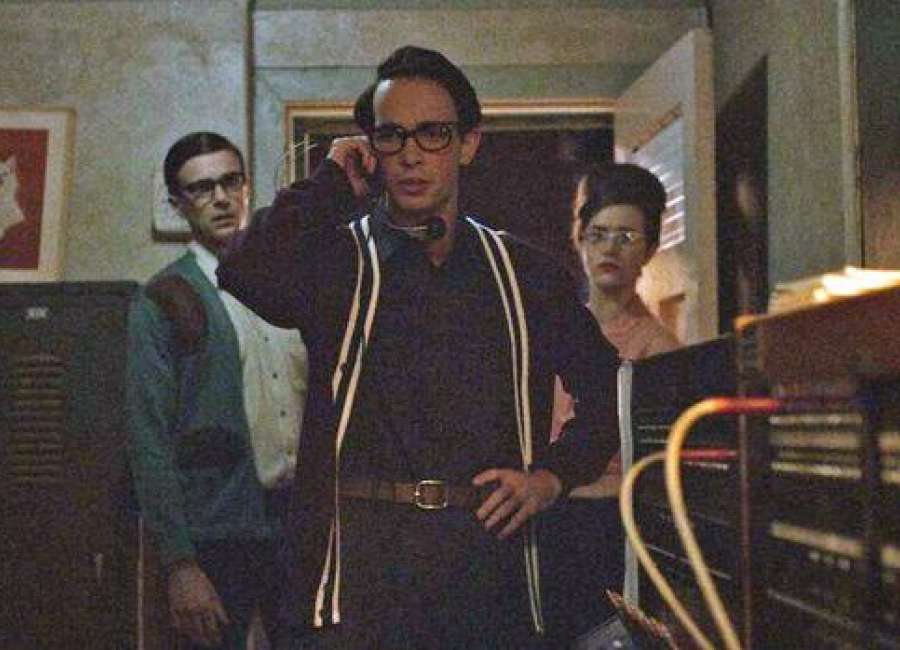
THE VAST OF NIGHT – Set in small town America in the ’50s, this sci-fi thriller avoids some of the pitfalls of the way this period is depicted in modern films. There are some unusual narrative choices – for example two key scenes feature long, excellently delivered, monologues. The subject matter is familiar, but the execution is excellent. The dialogue and direction of actors is reminiscent of the crackling pace that Howard Hawks and Chris Nyby utilized in the classic THE THING FROM ANOTHER WORLD. (Amazon Prime)
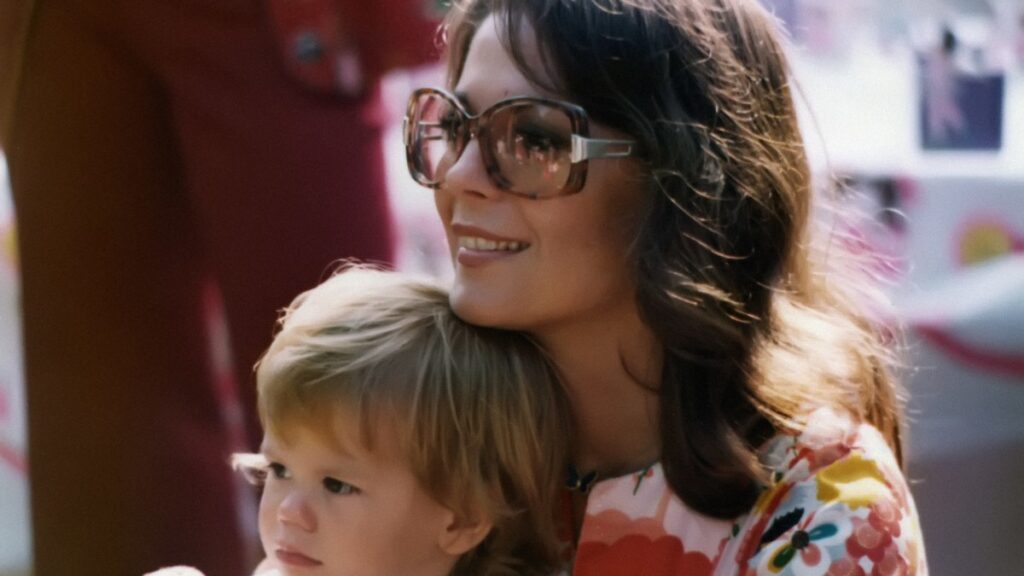
NATALIE WOOD: WHAT REMAINS BEHIND – Natalie Wood’s gifts as an actress and photographic subject have been overshadowed somewhat by her mysterious and shocking death. This documentary, made with the close cooperation of Wood’s daughter Natasha Gregson Wagner, seeks to remedy that. If you needed a reminder that actors are the very life force that cinema runs on, this is it. Wood, seen in hundreds of film clips and photos is radiant beyond all comprehension. Additionally, the matter of her death is covered in a way that may make many people re-examine their priors. (HBO)

CRIP CAMP – If you like movies with good guys reaching deep inside themselves and triumphing over bad guys – and who doesn’t? – this is a movie that will have you pumping your fist in the air in triumph. It’s the story of the greatest generation of disability rights activists, many of whom had as teenagers attended a summer camp called Camp Jened which imbued its differently-abled campers with life-skills and the confidence to achieve. Through remarkable archival footage we watch them grow up and challenge the prevailing state of affairs as activists and professionals in many different fields. This is a very uplifting film about a group of heroes whose names have hitherto been too little known by most of us. (Netflix)
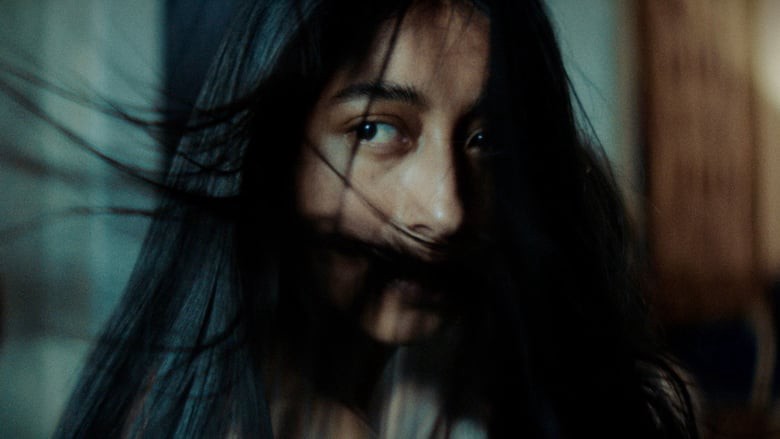
LA LLORONA So many recent horror movies have been rehashes of earlier horror tropes with the addition of much busier sound design, shock cuts and jump scares. This film, which has nothing to do with the similarly titles CURSE OF LA LLORONA, or with the Mexican folk horror legend of the same name, has all of the modern conveniences that the horror movie fan expects. It does shock and startle the viewer, but the root of the terror is a real life atrocity, a Guatemalan genocide, and the “monster” is not the ghost but rather an elderly general who lives in luxury and seeks to escape his karmic debt. (Shudder)
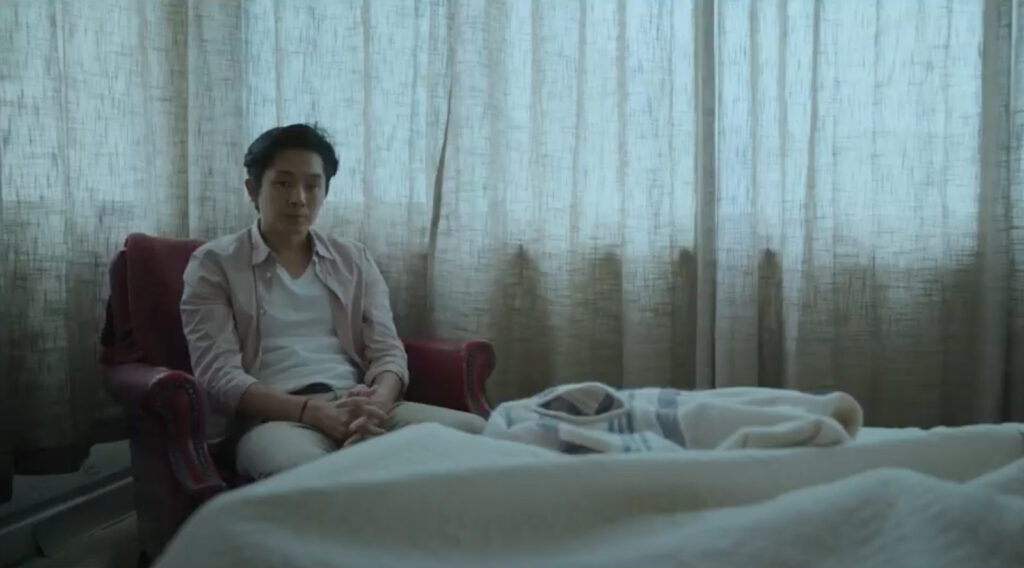
COMING HOME AGAIN – This one is a little bit of a cheat, as it is not yet streaming on one of the subscription services. It’s a film that I missed at first but caught up with quite a bit later. Writer-director Wayne Wang (CHAN IS MISSING) is still operating at top power in this story of a young man (Justin Chon) dealing with a loss in the family and being visited by memories of his early upbringing. (available via some Virtual Cinemas, such as Row8 with the Jacob Burns Film Center)















